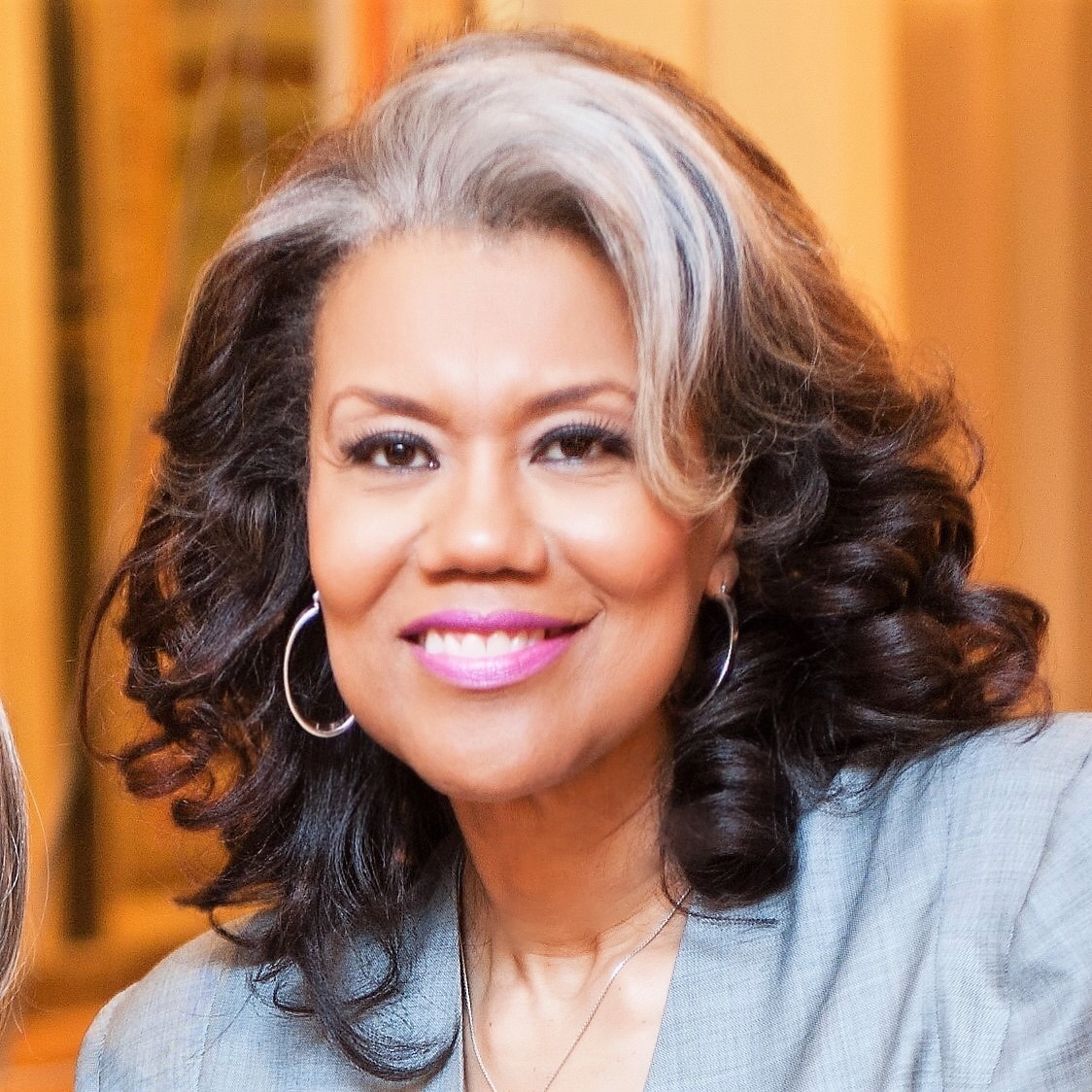How companies can improve DE&I transparency and address past failures
You’ve made a bold statement against racism and pledged to ‘do better.’ Now what? Read on for guidance on creating meaningful, lasting change in your organization.

The U.S. is experiencing a fresh fire of social justice awakening in 2020.
Businesses across the country and from every industry have issued strong statements condemning police brutality and systemic racism. Some have offered apologies for being part of the problem. Many more have remained silent either out of fear, apathy or ignorance.
Those in the last category are on the wrong side of history, but they’re also missing a crucial business opportunity. Chantal Romain, the NBA’s director of social responsibility, player programs and marketing communications, and Michelle Flowers Welch, CEO of Flowers Communication Group, shared smart strategies for companies keen to capture this historic push for justice during Ragan’s “The Communicator’s Role in Diversity, Equity and Inclusion” virtual conference on Sep. 18. Both agreed that communicators have a special role—and responsibility—in continuously pushing for equality.

Michelle Flowers Welch

Chantal Romain
“DE&I has never been a more central topic. Communicators must keep the momentum going and hold leaders accountable for promises made,” Flowers Welch says. She adds that it’s unwise to ignore this crucial moment. Even for companies with a dreadful record on DE&I issues, this is a pivotal time for honest internal assessments.
“Admitting culpability is the first step toward some measure of healing and progress,” Flowers Welch says.
Romain agrees that publicly acknowledging past failures is important but adds that internal dialogue is essential. You must prioritize your “own house” and make sure staffers are privy to information before the public.
To douse potential PR fires before they spread—or to prevent others from “narrating your own story”— Romain touts the importance of continuous media monitoring. Categorize sentiment (neutral, negative, positive, etc.) on topics pertaining to your business, and track how the conversation is shifting in real time.
If your company does come under scrutiny, Flowers Welch says to be transparent and to “discuss the path moving forward.” She shares how a company posted a letter written by critics on its website, and then crafted a thoughtful response that admitted DE&I hasn’t been a priority—until now. The company then launched an action plan to redress past mistakes, which included a change of leadership, an “equity audit” to uncover unconscious biases, and a strategic communication plan to provide updates as changes happen.
Of course, cutting a check to a worthy organization is always fine, but money alone won’t atone.
Preparing for change—and action
Communicators and execs should be prepared to respond to staffers’ reactions to current events. Romain cites the Milwaukee Bucks’ last-minute playoff game boycott over racial injustice. How would you respond if your employees organized a walkout or similar protest?
Having direct, consistent conversations with staffers and stakeholders is crucial, Romain says, adding that it’s unwise to spout off externally before conducting meaningful internal dialogue. “Don’t rush your response to complex events,” she says. It’s OK if you don’t have all the answers right away.
Flowers Welch is a proponent of consistent, anonymous pulse surveys that extract feelings folks might not otherwise share. This is a smart way to monitor problems before they fester. Anonymous surveys are also a great data source to share with leaders. Execs—many of whom are deeply disconnected from their employees’ experiences, concerns, lives and communities—must hear raw honesty to understand what’s really happening. It’s also wise to seek external feedback, such as through introspective conversations with community organizations that have an objective voice.
This is where employee resource groups (ERGs) can be pivotal. Romain shares that the NBA has a slew of ERGs (for staffers of color, LGBT workers, veterans, Hispanic employees etc.) that provide a gold mine of strategic insights for the league’s messaging. For ERGs to succeed, however, these groups must be more than morale boosters or token affinity groups. ERGs require investment and executive backing. They should also deeply be involved in your company’s communication campaigns to prevent tone-deaf gaffes and ensure inclusivity.
Don’t wait until something goes wrong
Every company can potentially improve its DE&I efforts. But it’s crucial to set realistic, specific goals and objectives. Whatever it is you hope to achieve, Flowers Welch says to start with gathering data. Tap partners, local nonprofits and even vendors for raw feedback and expertise.
“Build the business case for what you want to achieve and work toward—not just because it’s the right thing to do,” Flowers Welch says.
What are your weaknesses? Where have you failed in the past? Whatever it is, prioritize long-term progress over short-term, quick hits. DE&I is marathon, not a sprint, as Flowers Welch says.
Romain offers a reminder that you can’t and won’t please everyone. It’s great to take a stand, but “do responsible and helpful things that are non-partisan and apolitical,” she says.
Regardless of the issue at hand, be authentic. Don’t say one thing internally and do another on social media. Align your strategies with your “core audiences,” she says, and continually fight for a better place at the decision-making table.
Communicators can exert much more influence as strategic counselors rather than last-minute firefighters or mere “order takers,” Romain advises. Securing that sort of internal authority is the first step in becoming a more powerful ally for DE&I progress.







